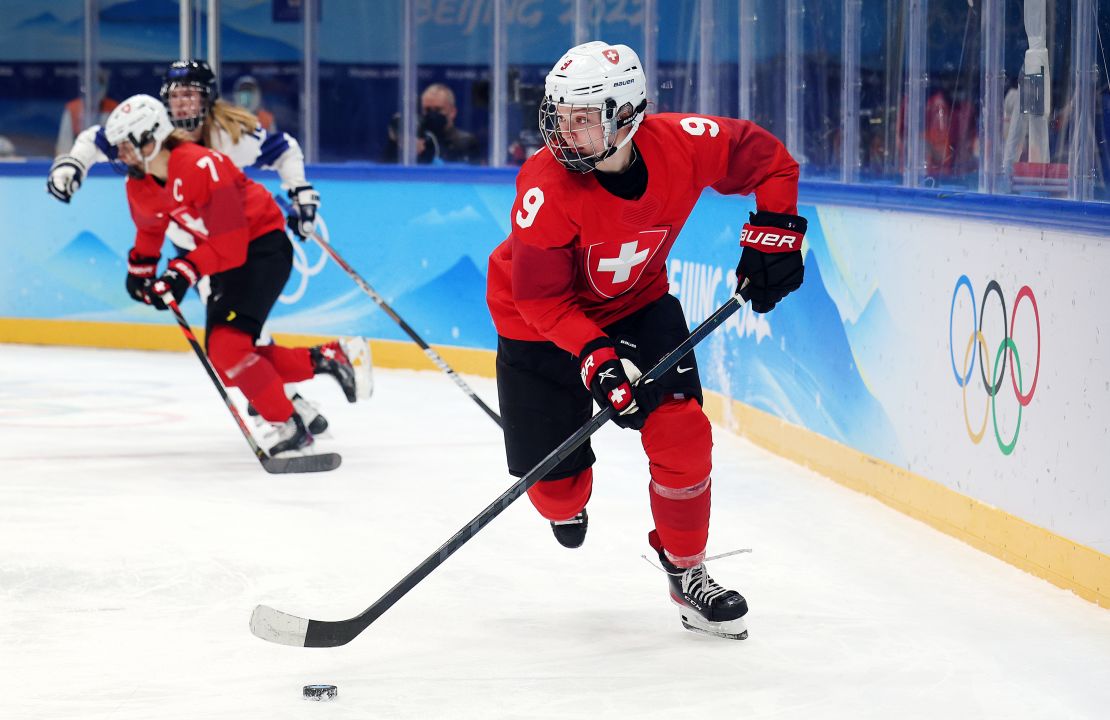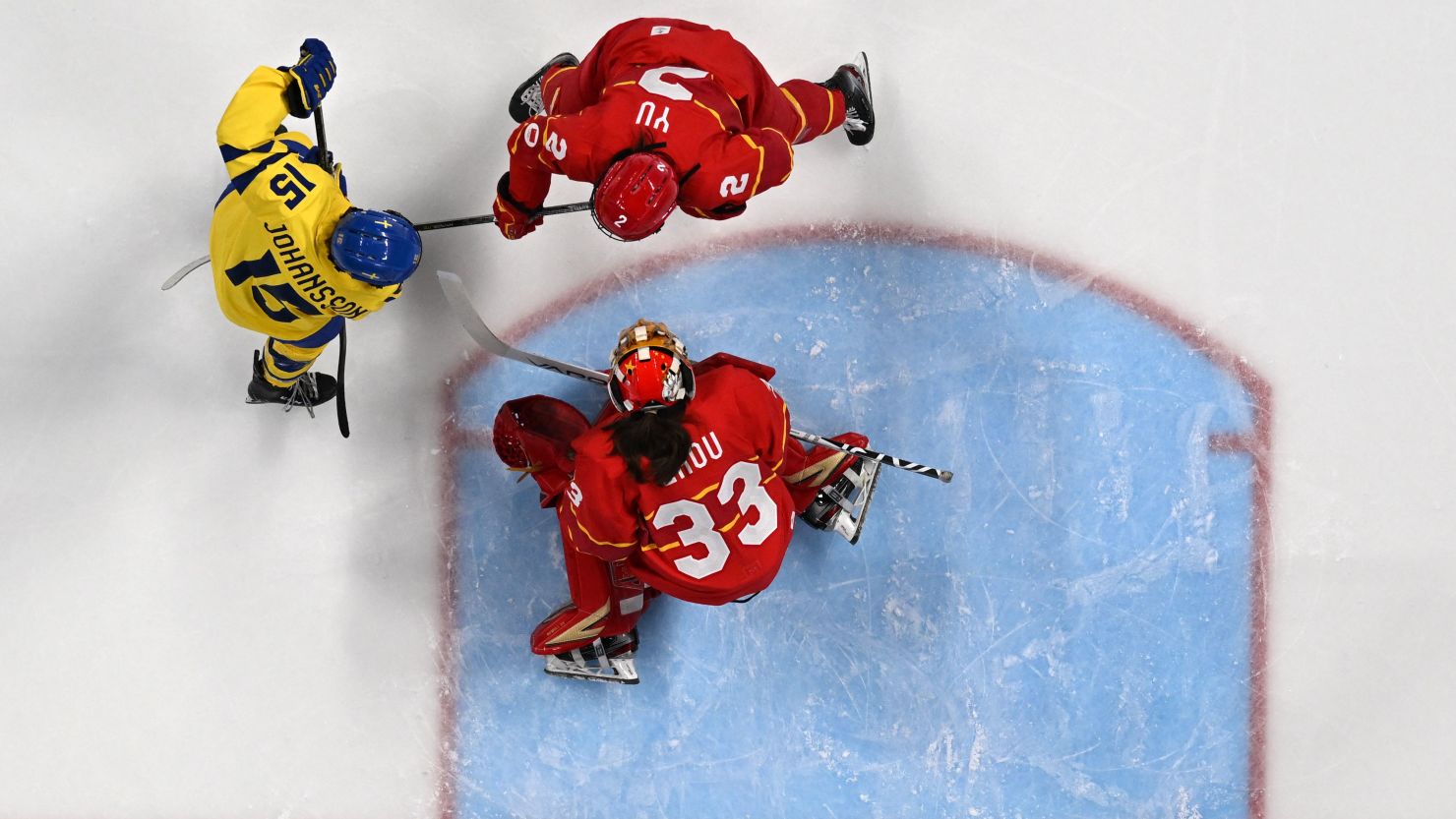From brushing ice in curling to flying down an ice track headfirst in skeleton, the Winter Olympics is home to some interesting sports.
And with new sports comes new terms or nicknames for tactics, maneuvers or objects that beginner fans might not be familiar with.
Even in ice hockey – a sport that is extremely popular around the world – there are terms used by commentators or pundits that you might not be accustomed to hearing.
So below, we look at some of the key ones and explain what they mean so you’ll be ready to impress your friends and follow the action in Beijing.
From apples to sieves
An apple: an assist.
Bar down: when the puck strikes the crossbar from a shot and ends up in the goal.
Between the pipes: in goal.
Biscuit: the puck.
Bottle rocket: when a goal breaks the goalie’s water bottle that sits on top of the net.
Celly: a celebration after a goal.
Cherry picker: a player who stays in the middle of the ice rink while play is back near their defensive end, in case a breakaway attack becomes possible.
Chirp: to trash talk the opposing team.
Coast-to-coast: if a player can skate from one end of the floor to the other – from their defensive zone through the neutral zone into the attacking zone without any disruption from the opponent.
Deke: a skill where a player feints to draw an opposing player out of position or to skate by an opponent while maintaining possession and control of the puck.
Digger: a player who goes into the corners to regain possession of the puck.

Flamingo: when a player lifts one leg, standing like a flamingo, to get out of the way of a shot.
Natural hat-trick: when a player scores three consecutive goals in a game.
Visit CNN.com/sport for more news, features, and videos
Lid: a player’s helmet.
Roof: to score a goal by shooting the puck in the upper part of the net.
Sieve: a goaltender who allows a lot of goals, usually referred to as being full of holes.
Tape-to-tape: a very accurate pass going from the tape of the passer’s stick to the tape of the receiver’s stick.





